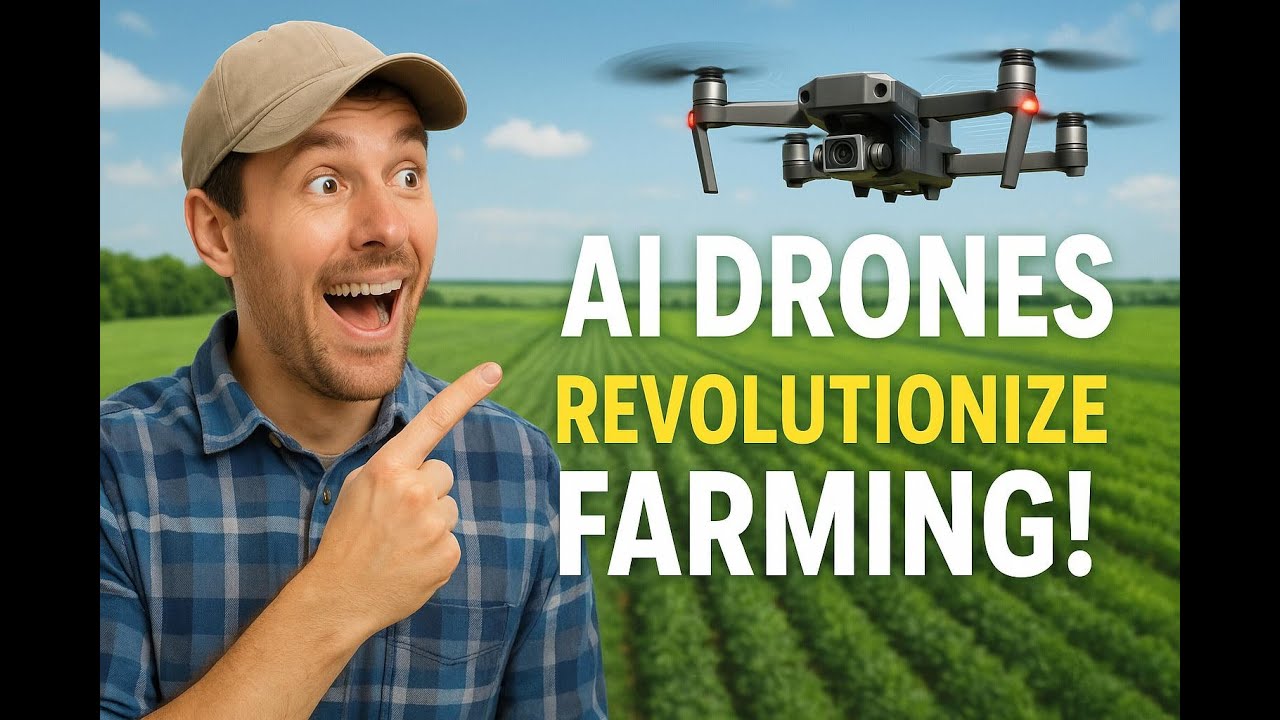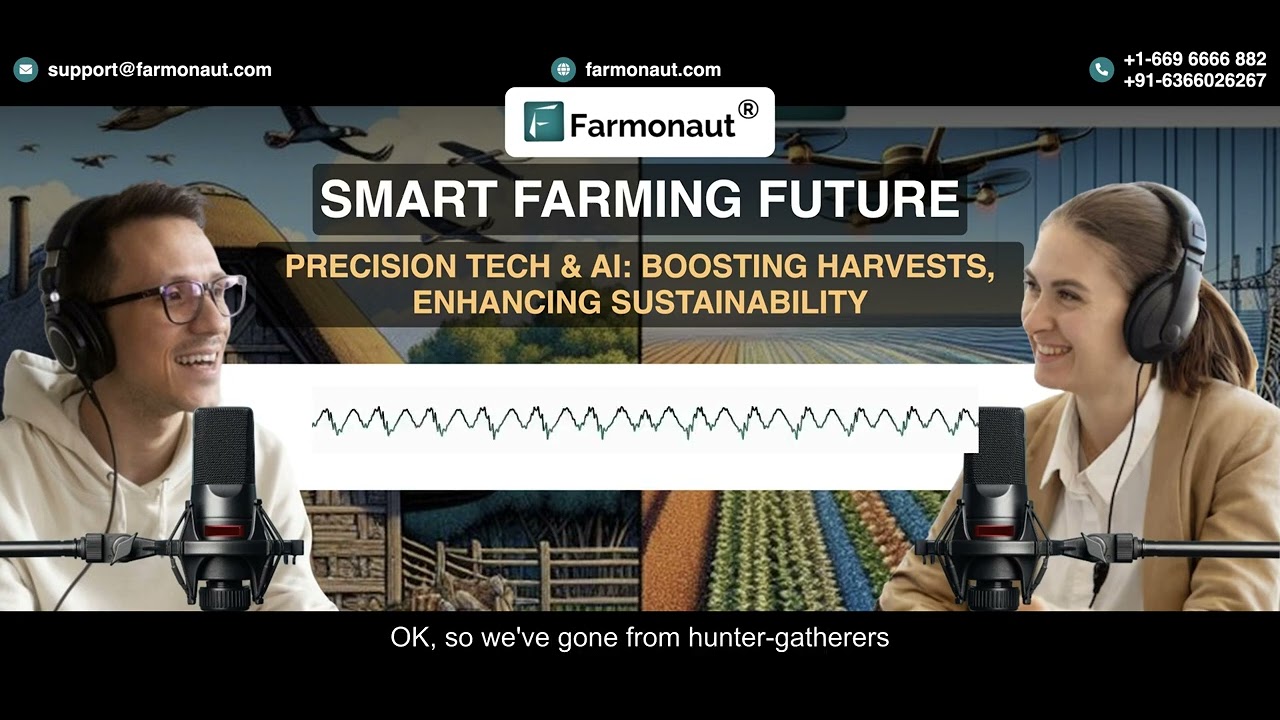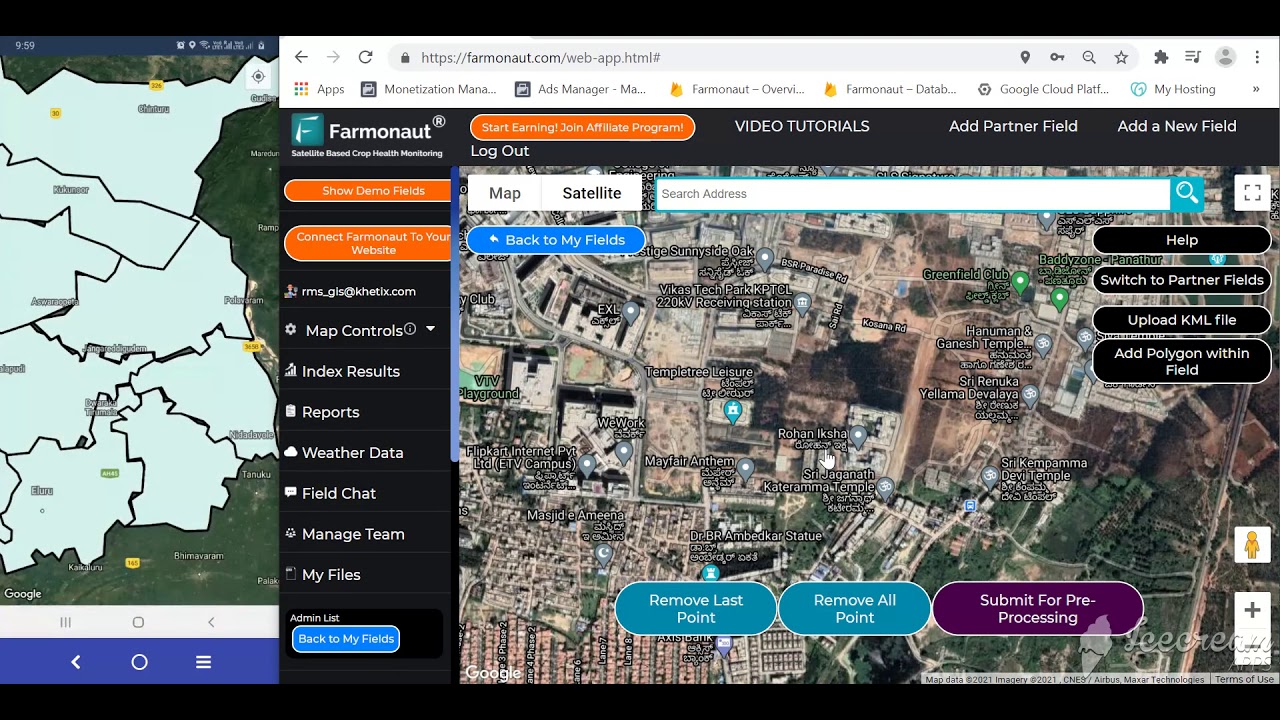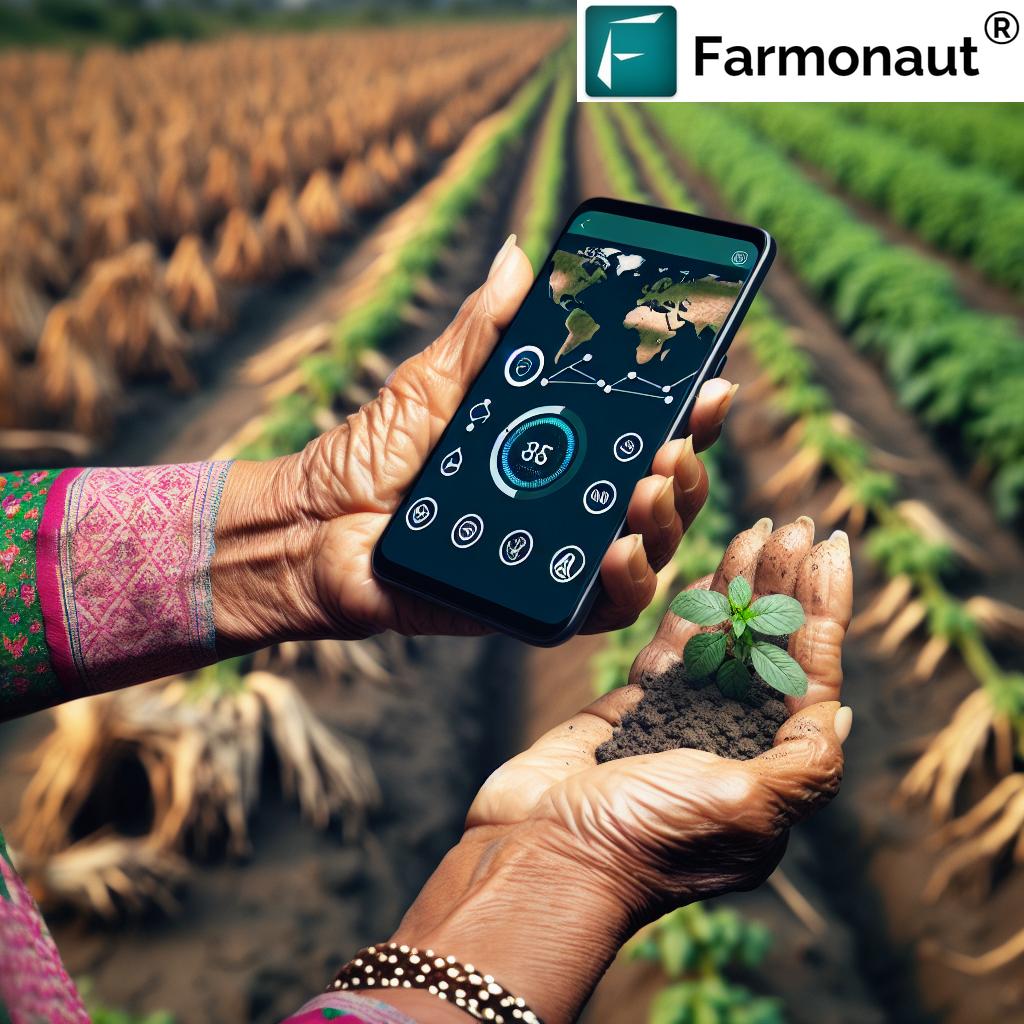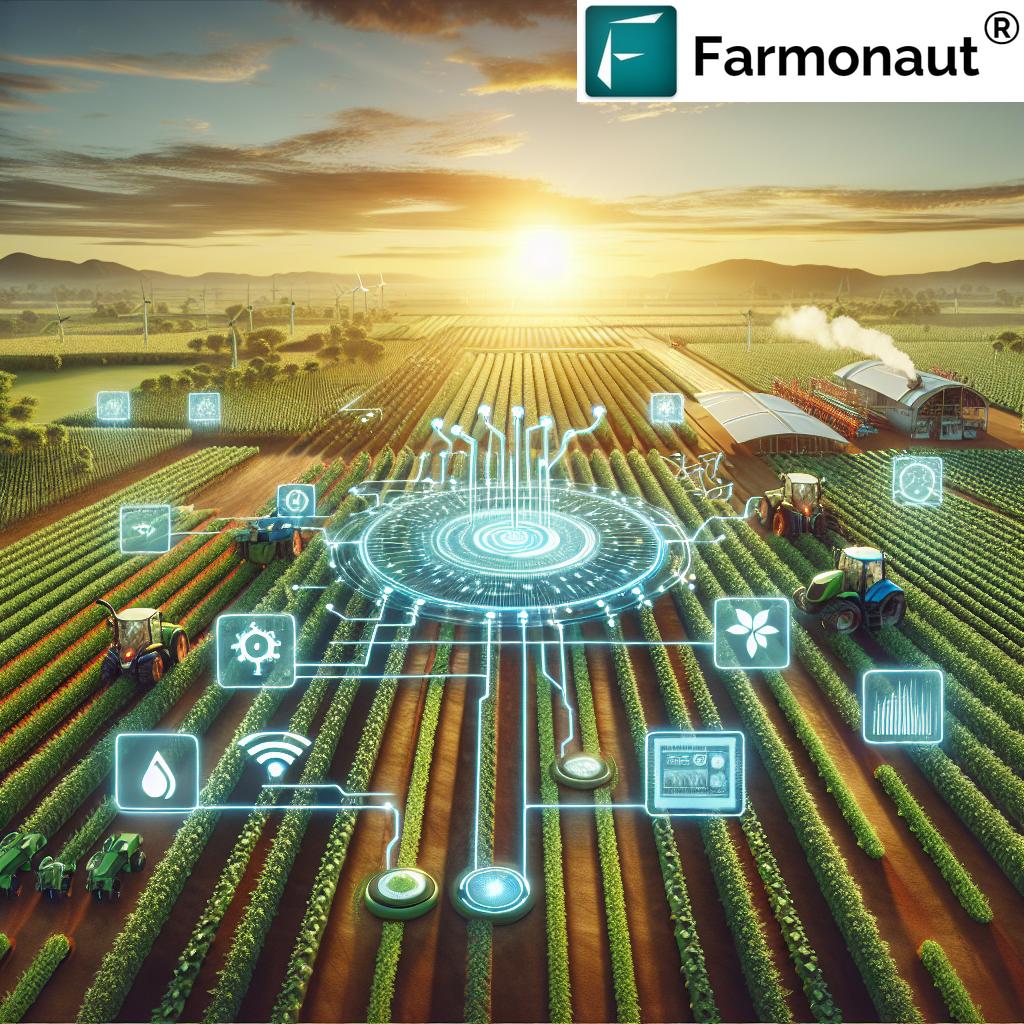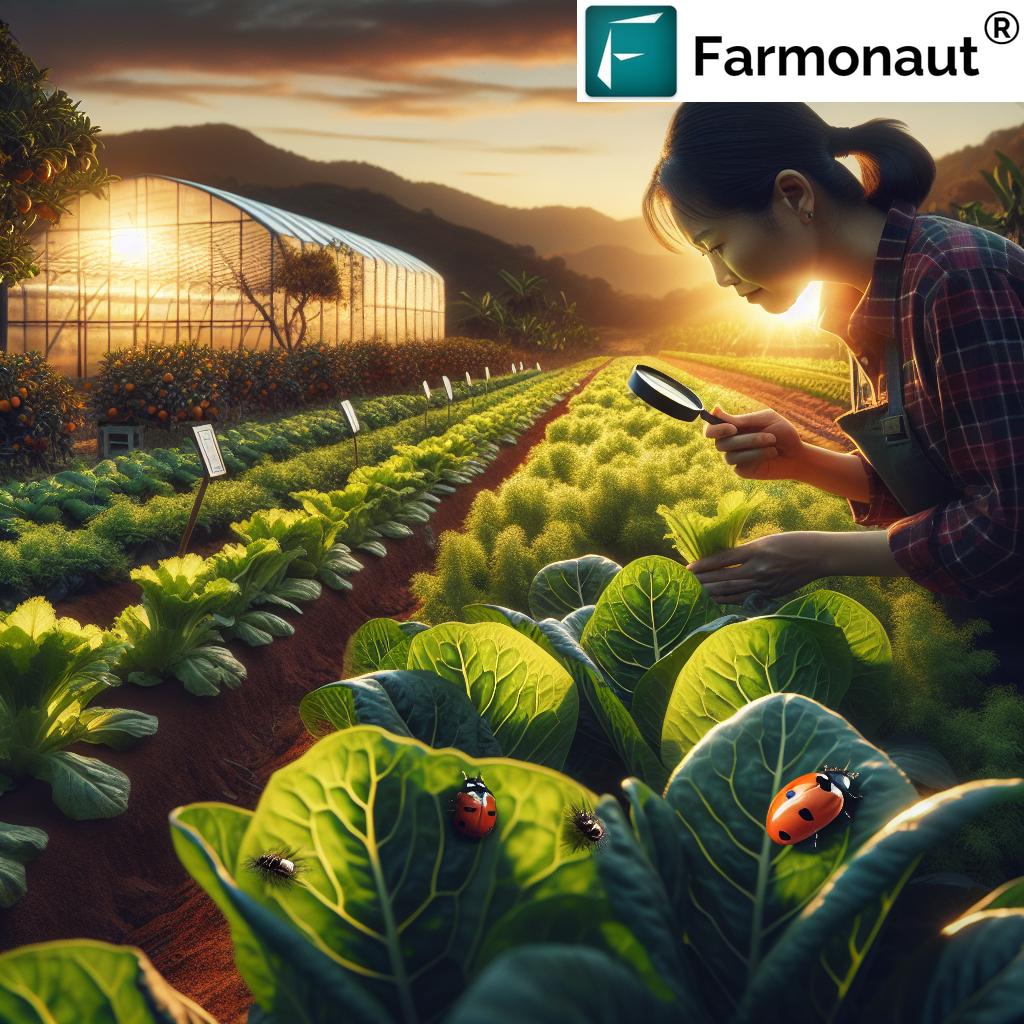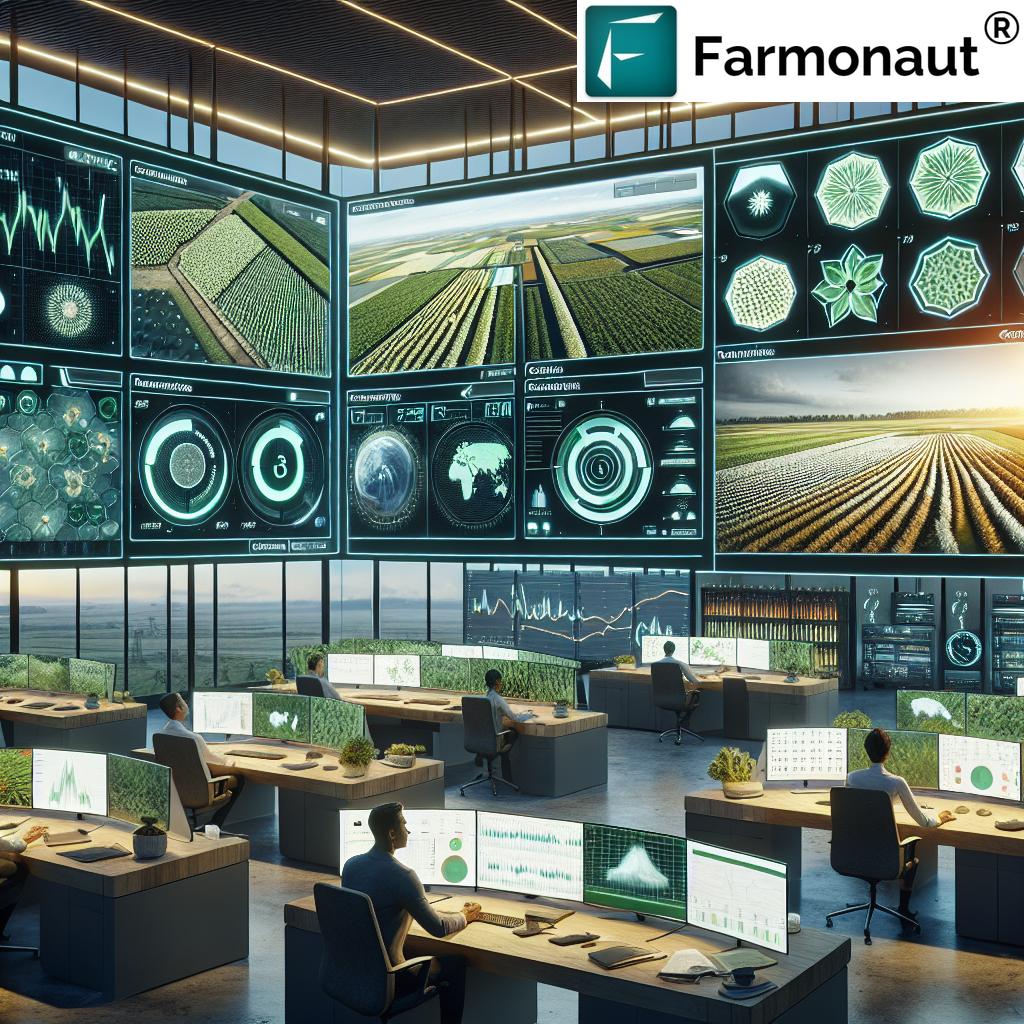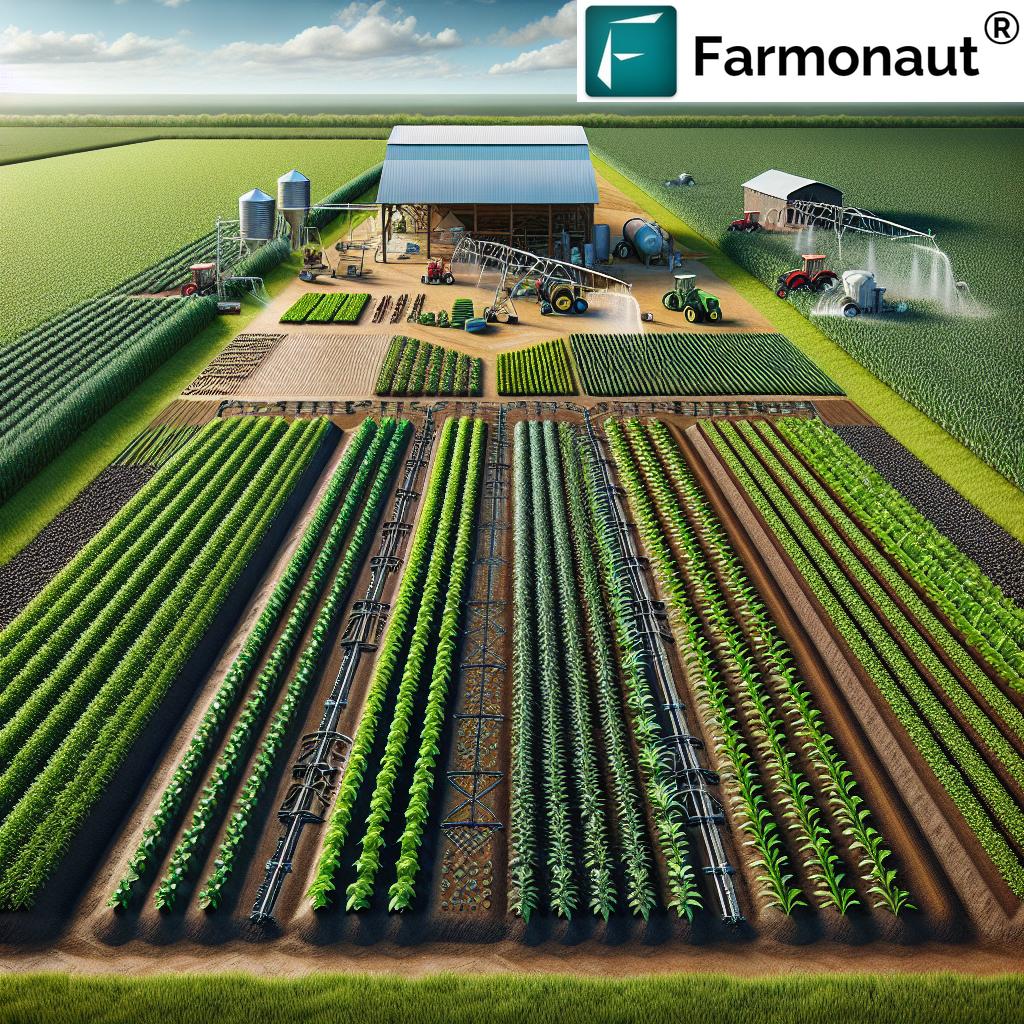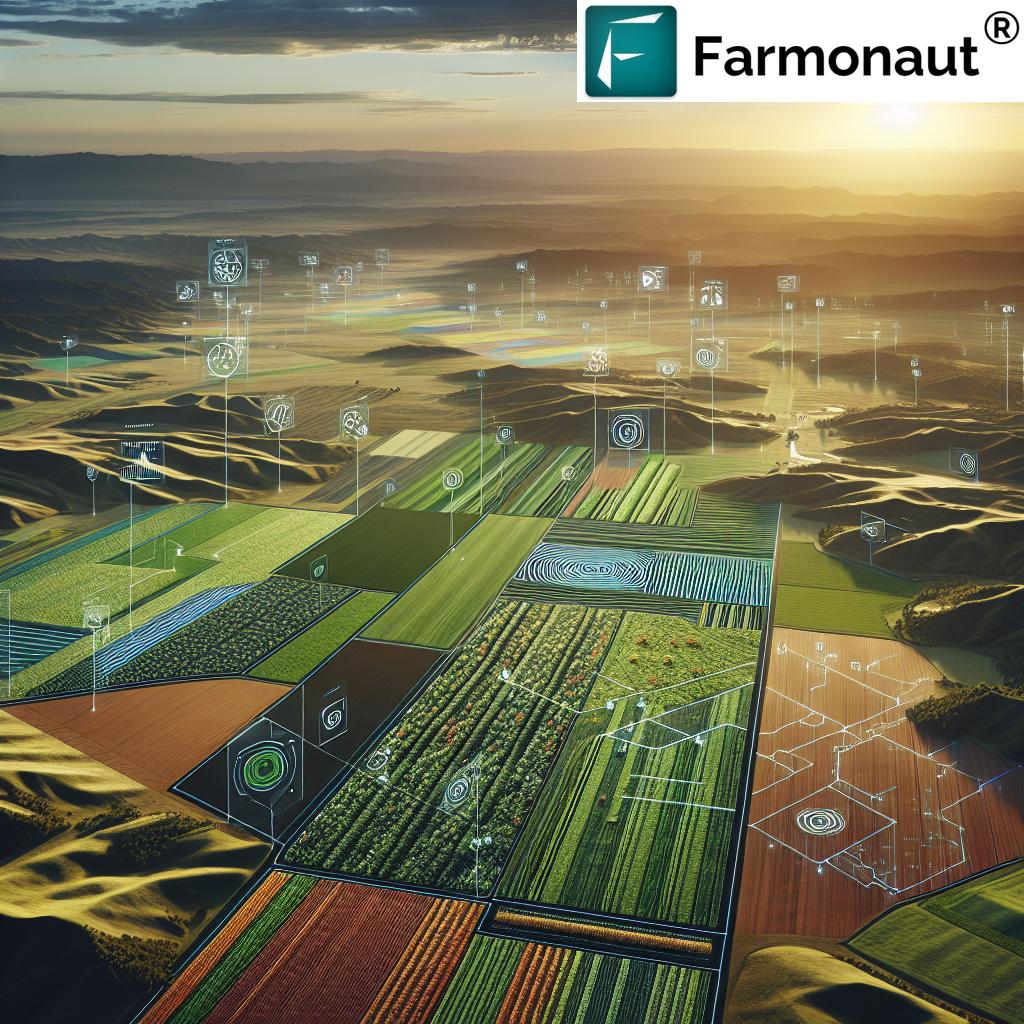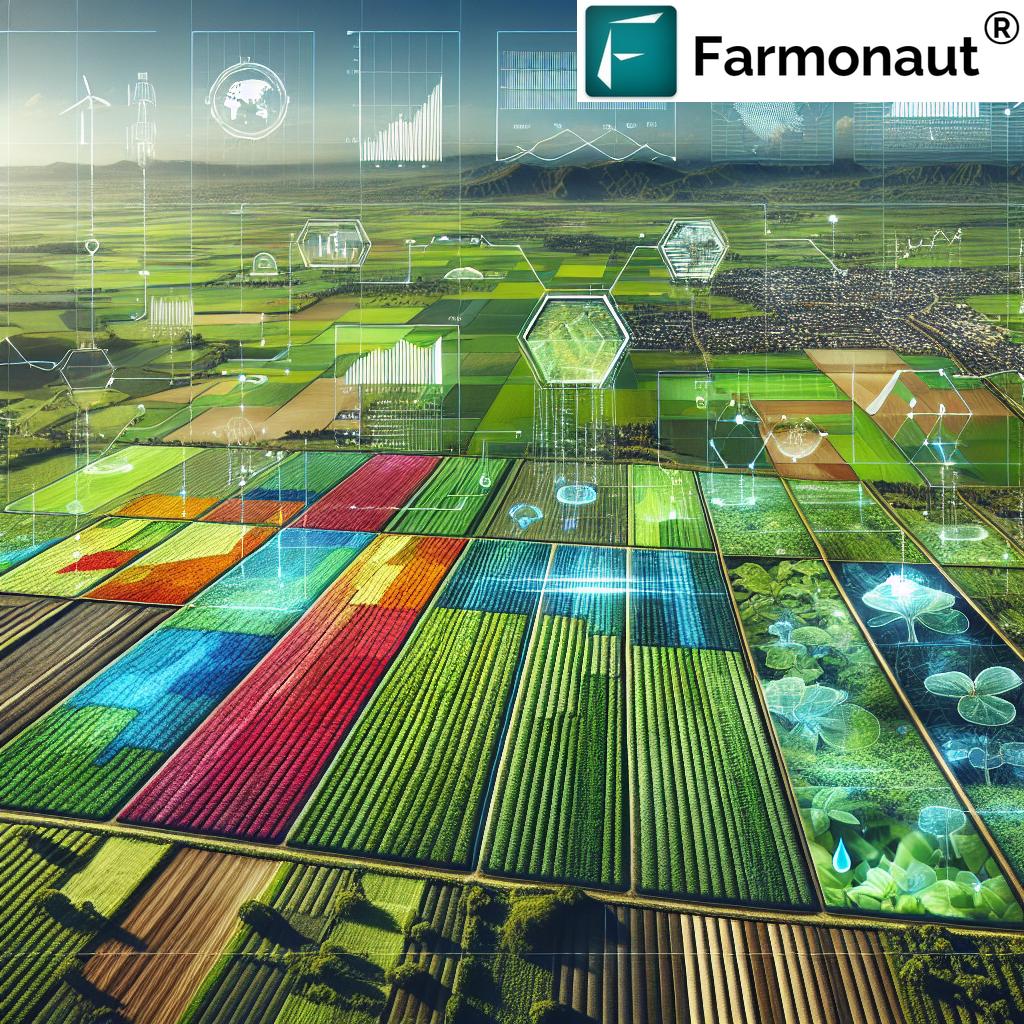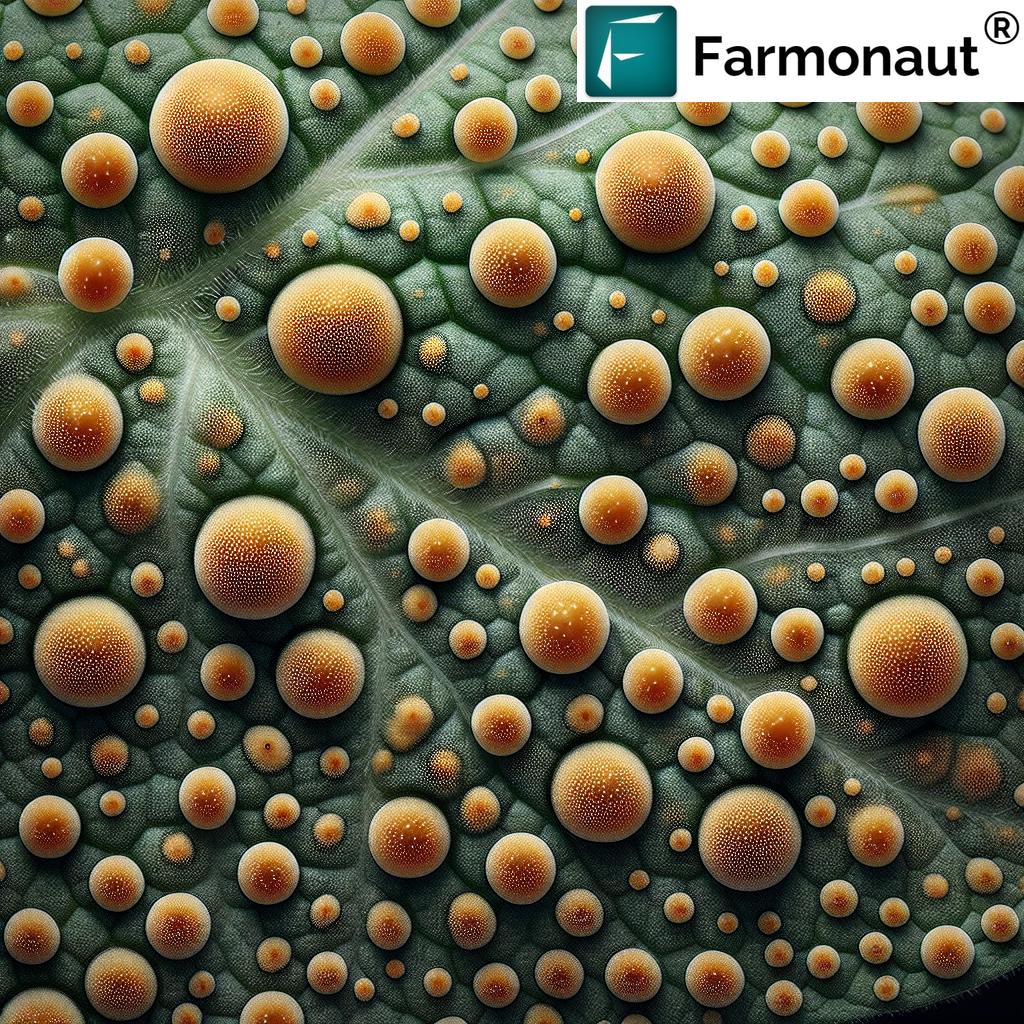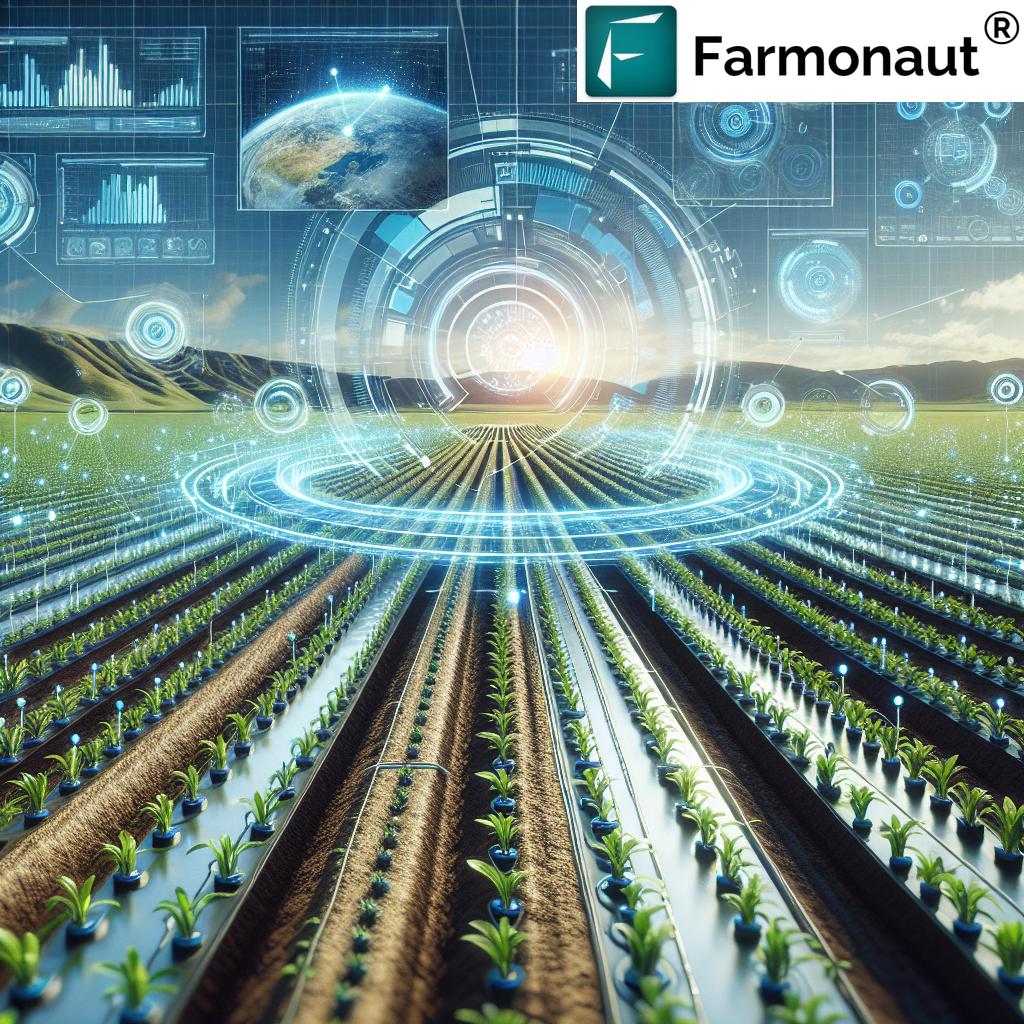Top 10 Smart Tools for Agriculture Transforming Farming 2025: Ultimate Guide
“By 2025, smart sensors can increase crop yield by up to 30% compared to traditional farming methods.”
Introduction: Agriculture’s Smart Tool Evolution in 2025
The landscape of agriculture in 2025 continues its transformative journey, dramatically shaped by the tools for agriculture that drive the industry’s efficiency, sustainability, and productivity. From the reliable hand tools for agriculture—the venerable hoes, sickles, and plows that have served farmers for centuries—to the sophisticated smart tools for agriculture powered by AI, IoT, drones, and advanced analytics, the entire spectrum of agricultural tools for farming is evolving faster than ever before.
With the global population growing and demands on food production intensifying, ensuring food security while protecting the planet has never been more crucial. Understanding and implementing a diverse spectrum of tools is key for farmers to remain competitive and sustainable in 2025 and beyond.
In this comprehensive guide, we’ll explore the top 10 smart tools transforming farming, the ongoing importance of traditional and mechanized implements, and how cutting-edge innovations—like those offered by Farmonaut—are driving agriculture toward a smarter, greener future.
Smart Agriculture Trivia
“Over 60% of farms globally are expected to adopt AI-powered machinery for precision agriculture by 2025.”
Traditional Hand Tools for Agriculture: Centuries-old Backbone
Despite the tech boom, hand tools for agriculture remain indispensable and represent the foundational tools of agriculture. These include implements like hoes, sickles, spades, and plows, each designed for crucial tasks such as soil preparation, planting, weeding, and harvesting.
Why Traditional Hand Tools Remain Vital in 2025
- Simplicity & Reliability: Minimal moving parts and sturdy construction mean consistent performance, especially in remote or developing regions.
- Affordability: Low cost makes them accessible for smallholder farmers and communities with limited infrastructure.
- Easy Maintenance: Basic, often on-farm repairs ensure continued use.
- Foundation for Modern Innovation: Many advanced tools for agriculture are simply mechanized or automated versions of classic implements.
However, there are challenges. Manual labor intensity limits scalability and speed, making them less suited for large-scale commercial operations.
Examples of Essential Hand Tools in 2025
- Hoes: Still widely used for weeding, mixing soil, and breaking up clods.
- Sickles: Preferred for manual harvesting in small plots and hilly terrain.
- Spades & Shovels: For digging, lifting, and moving soil or compost.
- Plows: Foundational in soil preparation, with both hand-drawn and animal-powered variants remaining common in regions with limited mechanization.
Conclusion: While modern tools have transformed agricultural practices, the legacy and enduring relevance of traditional hand tools remain unmatched, particularly where resources are restricted or mechanization is not viable.
Mechanized Tools of Agriculture: Powering Modern Farming
The 21st century saw an exponential rise in mechanized agricultural tools for farming. In 2025, these implements have further evolved to integrate automation, AI, and precision technology, dramatically enhancing farm productivity and efficiency.
Top Mechanized Tools of 2025
- Tractors: Equipped with GPS and automated steering, ensuring accurate field coverage and reducing operator fatigue.
- Seed Drills & Planters: Use precise seed metering for optimal spacing, improving germination rates and crop yields.
- Threshers & Harvesters: Mechanize grain separation and collection, reducing labor and time required for harvesting.
- Irrigation Systems: Motor-driven pumps, pivoting sprinklers, and drip lines enable water-efficient crop growth.
Automated machinery greatly reduces the time and labor required for various farm operations, enabling farmers to cultivate larger areas much more effectively.
Key Trends in Mechanization for 2025
- Automation: From semi-autonomous to fully automated vehicles, machinery operations are integrated with AI for efficiency.
- Precision Technology: Site-specific input application—only applying fertilizer, pesticide, or water where and when it is needed.
- Data Connectivity: Machinery integrates with farm management systems for real-time data analytics.
Mechanization, while often limited by costs and infrastructure in some regions, is crucial for meeting the demands of a competitive global food market.
Smart Tools for Agriculture: The Cutting-Edge Revolution
The era of smart tools for agriculture is transforming every aspect of farming. Driven by AI, IoT, drones, data analytics, and cloud-based systems, the advanced tools of 2025 are purpose-built to enhance productivity, efficiency, and sustainability, all while making farmers’ lives easier.
How Smart Tools Revolutionize Agriculture
- Sensors & IoT: Soil, crop, and weather sensors measure moisture, pH, nutrient concentrations, and microclimate conditions in real-time. Such data drives targeted irrigation and fertilization, which reduce costs and conserve valuable resources.
- Drones & Aerial Imaging: Drones equipped with multispectral cameras perform field mapping, plant health assessment (NDVI), detect pest/disease outbreaks early, and help in precise input application.
- AI-Driven Machinery: Autonomous tractors and robotic harvesters can operate 24/7 with minimal human intervention, optimizing performance even under tough labor market conditions.
- Farm Management Software & Analytics Platforms: Digital tools integrate data and provide actionable insights on everything from seeding to harvesting.
- Smart Irrigation Systems: Use weather forecasts, soil sensor data, and crop needs to reduce water waste and improve water use efficiency.
Many of the latest agricultural tools for farming are now integrated, combining monitoring, analytics, and automation in one ecosystem. This synergy enables farmers not only to optimize resources but also to lower environmental impact through precision agriculture.
Farmonaut: Satellite-Driven Smart Solutions for Modern Farmers
We at Farmonaut are at the forefront of the agricultural tools for farming revolution. Our satellite-based monitoring technology offers actionable insights via Android, iOS, and web platforms, supporting real-time monitoring, AI-based advisory, and blockchain-based traceability.
With features like multispectral imagery for field and crop health (NDVI), resource management, and environmental impact tracking, our platform empowers farmers to make data-driven decisions. The Large Scale Farm Management tool enables users to oversee vast areas, scaling operations efficiently.
Explore our app for affordable, real-time insights to drive sustainability and maximize ROI:

Access Farmonaut Web App
Available for mobile:

Download Android App

Download iOS App
Interested in integrating satellite-driven analytics into your business or government system? Check our Farmonaut API and Developer Docs for cutting-edge, scalable solutions!
Comparison Table: Top 10 Smart Tools for Agriculture 2025
The following table provides a concise comparison of the top 10 tools for agriculture driving the evolution of farming, their key technologies, and the measurable impact each delivers in the context of 2025. Use this for quick decision-making.
| Tool Name | Key Function | Technology Used | Estimated Productivity Increase (%) | Sustainability Impact | Ease of Integration | Estimated Cost Range (USD) |
|---|---|---|---|---|---|---|
| Satellite Crop Monitoring (Farmonaut) | Field & crop health, resource allocation | Satellite Imagery, AI Analytics | 20–28% | High | Easy-Moderate | 50–1000+/year |
| AI-Powered Soil Sensors | Real-time soil condition monitoring | IoT Sensors, Machine Learning | 18–30% | High | Easy | 40–200/unit |
| Autonomous Tractors | Automated planting, tilling, harvesting | GPS, Robotics, Artificial Intelligence | 15–40% | Medium-High | Moderate-Complex | 50,000–500,000 |
| Drone Field Mapping & Spraying | Pesticide application, plant stress monitoring | Multispectral Cameras, UAVs, AI | 20–35% | High | Moderate | 500–10,000+ |
| Smart Irrigation Systems | Precision watering & water management | Sensors, IoT, Cloud Automation | 15–30% | High | Easy-Moderate | 100–10,000+ |
| Blockchain Traceability | Supply chain transparency & fraud reduction | Blockchain, IoT | Up to 5% (indirect) | High | Moderate | 100–5,000+ |
| Fleet Management Tools | Optimize logistics & machinery usage | AI, GPS tracking | 10–20% | Medium | Easy | 200–10,000+/year |
| Regenerative Carbon Monitoring | Track & reduce carbon footprint | Satellite Imaging, AI | Indirect (via sustainability) | High | Moderate | 200–5,000+/year |
| AI Farm Advisory Platforms | Custom, real-time farm advice | AI, Weather Data, Satellite | 10–25% | Medium-High | Easy | Free–2,000+/year |
| Large-Scale Farm Management Apps | Centralized monitoring & operations | Cloud, GIS, AI | 10–22% | Medium | Easy-Moderate | 100–3,500/year |
Sustainability & Environmental Impact of Agricultural Tools
The relentless adoption of innovative tools for agriculture in 2025 is ushering in a new era of environmental consciousness. Modern agricultural tools prioritize soil health, water conservation, and emissions reduction:
- No-Till Implements: Designed to reduce soil erosion, retain nutrients, and preserve beneficial microbial communities for long-term sustainability.
- Precision Input Tools: Smart sensors and AI platforms ensure fertilizer, water, and pesticide applications are minimized, reducing runoff, pollution, and input costs.
- Renewable-Powered Systems: Solar-powered irrigation pumps (see “Malawi Irrigation Tech 2025”) extend irrigation to off-grid, developing regions with minimal carbon output and maximum reliability.
- Environmental Impact Tracking: Farmonaut’s tools help users monitor and manage carbon footprints and other impact metrics, promoting resource efficiency and regulatory compliance.
With the growing global population, embracing smart tools—from sensor-driven irrigation systems to advanced blockchain traceability—is essential for preserving environmental health while ensuring economic viability.
“By 2025, smart sensors can increase crop yield by up to 30% compared to traditional farming methods.”
How Farmonaut Tools Enable Sustainable Farming in 2025 and Beyond
- Carbon Footprinting: Monitor, benchmark, and reduce field-level emissions, supporting regenerative agriculture. Farmonaut’s platform delivers actionable insights for sustainability compliance and market access.
- Product Traceability: Ensure transparent farm-to-market chains with our blockchain module—track every step from planting to harvest and shipping, safeguarding consumer trust.
- Crop Loan & Insurance Verification: Reduce fraud and expedite financing decisions using satellite-driven monitoring, empowering financial institutions and farmers.
- Fleet Management: AI-based tracking to optimize resource allocation and reduce operational costs across agriculture, mining, and infrastructure projects.
- Large-Scale Farm Management: Oversee multiple fields, monitor input applications, and decision-support for administrators and agribusinesses within one integrated dashboard.
- Crop Plantation & Forest Advisory: Our advanced advisory system delivers region-specific, data-driven strategies maximizing yields and ecological resilience.
Farmonaut’s AI-driven advisory systems, real-time field mapping, and blockchain solutions are affordable, scalable, and designed for users worldwide. Whether for individual farmers or government-level monitoring, our platform helps meet the demands of the global agriculture sector while preserving environmental health.
Challenges, Accessibility & the Future of Smart Agricultural Tools
Despite the impressive evolution, equitable access to smart and mechanized agricultural tools remains a challenge, especially in developing regions or among smallholder farmers. Barriers include:
- High Initial Costs: Investment in autonomous tractors, drones, or advanced sensors can be prohibitive without external support or subsidies.
- Lack of Technical Skills: Digital and data literacy is often limited, necessitating regular training and extension support.
- Connectivity Issues: In rural or remote areas, reliable internet or network infrastructure may lag, limiting real-time operations.
- Policy and Regulations: Countries may lack clear guidance on drone flights, data sharing, or decentralized finance for farming.
How to Overcome Challenges in 2025?
- Government and NGO support in subsidizing technology access and building digital infrastructure.
- User-friendly, scalable platforms like Farmonaut that democratize satellite technology—making it affordable, easy to integrate, and localized to each user’s needs.
- Mobile apps and web-based APIs that empower farming communities and extension workers for region-specific solutions.
By 2025, with continuous innovation and support for equitable access, the world can anticipate smarter farming—where food security, economic viability, and ecological sustainability are not mutually exclusive, but harmoniously intertwined.
Frequently Asked Questions: Smart Tools for Agriculture 2025
1. What are smart tools for agriculture in 2025?
Smart tools for agriculture are advanced implements and systems—such as sensors, drones, AI-based platforms, smart irrigation systems, and blockchain traceability solutions—that use data, connectivity, and automation to optimize farm productivity, resource use, and sustainability.
2. How do AI-powered tools enhance productivity for farmers?
AI-powered tools for agriculture process real-time information from sensors and satellite data, enabling precise irrigation, fertilization, and crop scouting. This results in higher yields, reduced input costs, and less environmental impact, making agriculture more resilient and profitable.
3. Which tool is the most impactful for smallholder farmers with limited resources?
Affordable, robust hand tools for agriculture and easy-to-use soil moisture sensors or AI-driven advisory apps can help smallholders increase efficiency and sustainability in farming operations, especially where mechanization is limited.
4. What sustainability benefits do smart agricultural tools offer?
Smart tools enable precision agriculture, which means only using the necessary amount of water, fertilizer, or pesticide, thus protecting soil health, preserving water, lowering greenhouse gas emissions, and maintaining biodiversity.
5. How can I access Farmonaut’s smart agricultural solutions?
You can access Farmonaut solutions via our web and mobile apps, integrate with your enterprise through APIs, or connect through our developer documentation for custom needs.
Farmonaut Subscription Packages
Learn about Farmonaut’s affordable, scalable plans—tailored for individual farmers, agribusinesses, or government use. Choose and subscribe quickly!
Summary: Smart Tools Are Transforming the Future of Farming
2025 is a landmark year where agricultural tools for farming bridge the divide between traditional knowledge and cutting-edge technology. While simple hand tools for agriculture continue to serve as the backbone in many regions, the explosive growth of smart tools for agriculture—including AI-driven advisory, drones, satellite-based management, and regenerative carbon tracking—unlocks new levels of productivity, efficiency, and sustainability.
This ongoing evolution is crucial for meeting the food, economic, and environmental demands of our growing global population. By embracing innovative tools for agriculture and ensuring fair access, we empower farmers everywhere to build resilient, sustainable futures.
Whether through centuries-old implements or the latest in satellite technology, making informed choices about which tools to adopt remains the key to agricultural success in 2025 and beyond.
Ready to transform your agricultural practices?
- Discover Farmonaut’s platform and join the digital evolution.
- Try advanced API integrations or explore our developer documentation.
- Monitor your carbon footprint, secure transparent traceability, and manage large-scale fields—all in one place.


